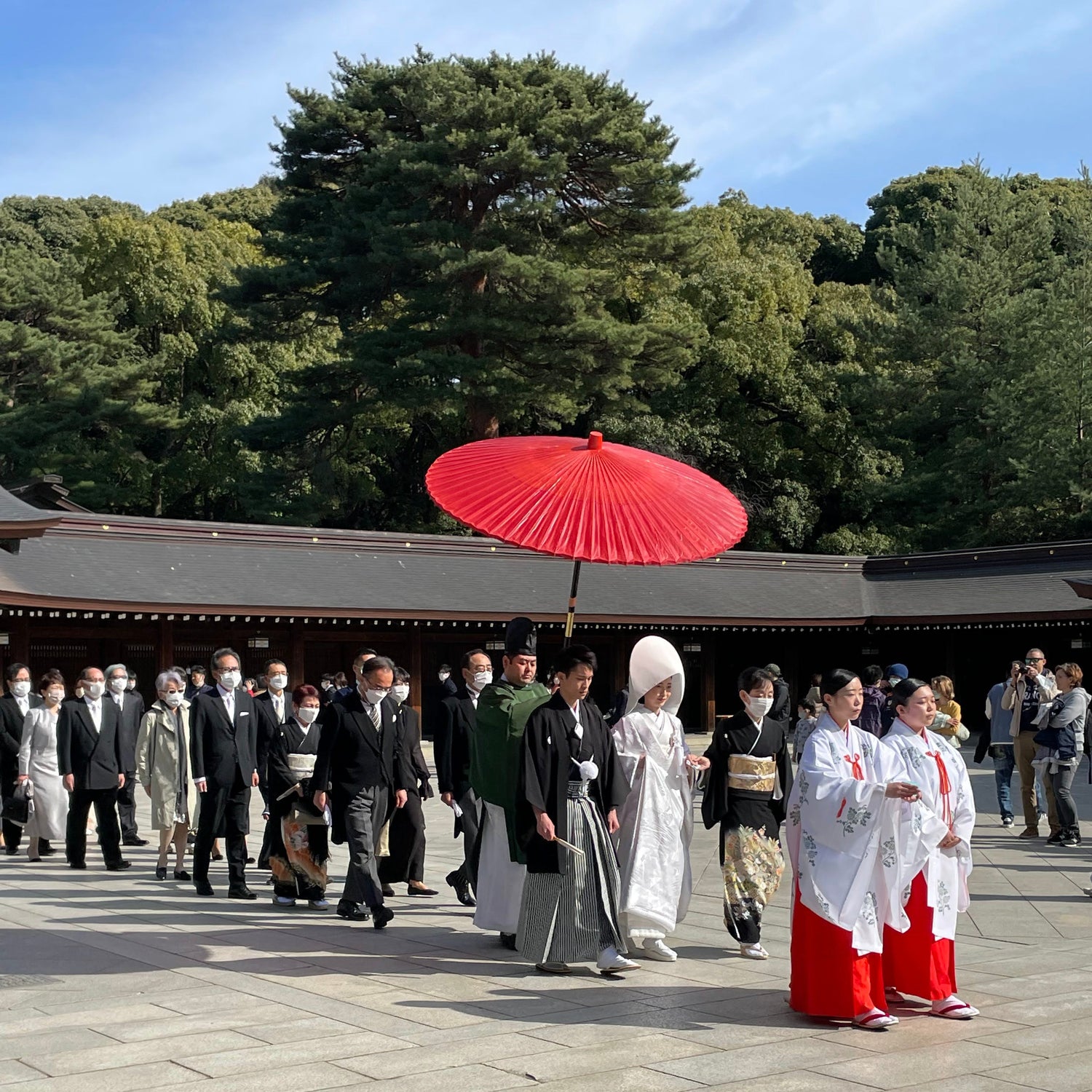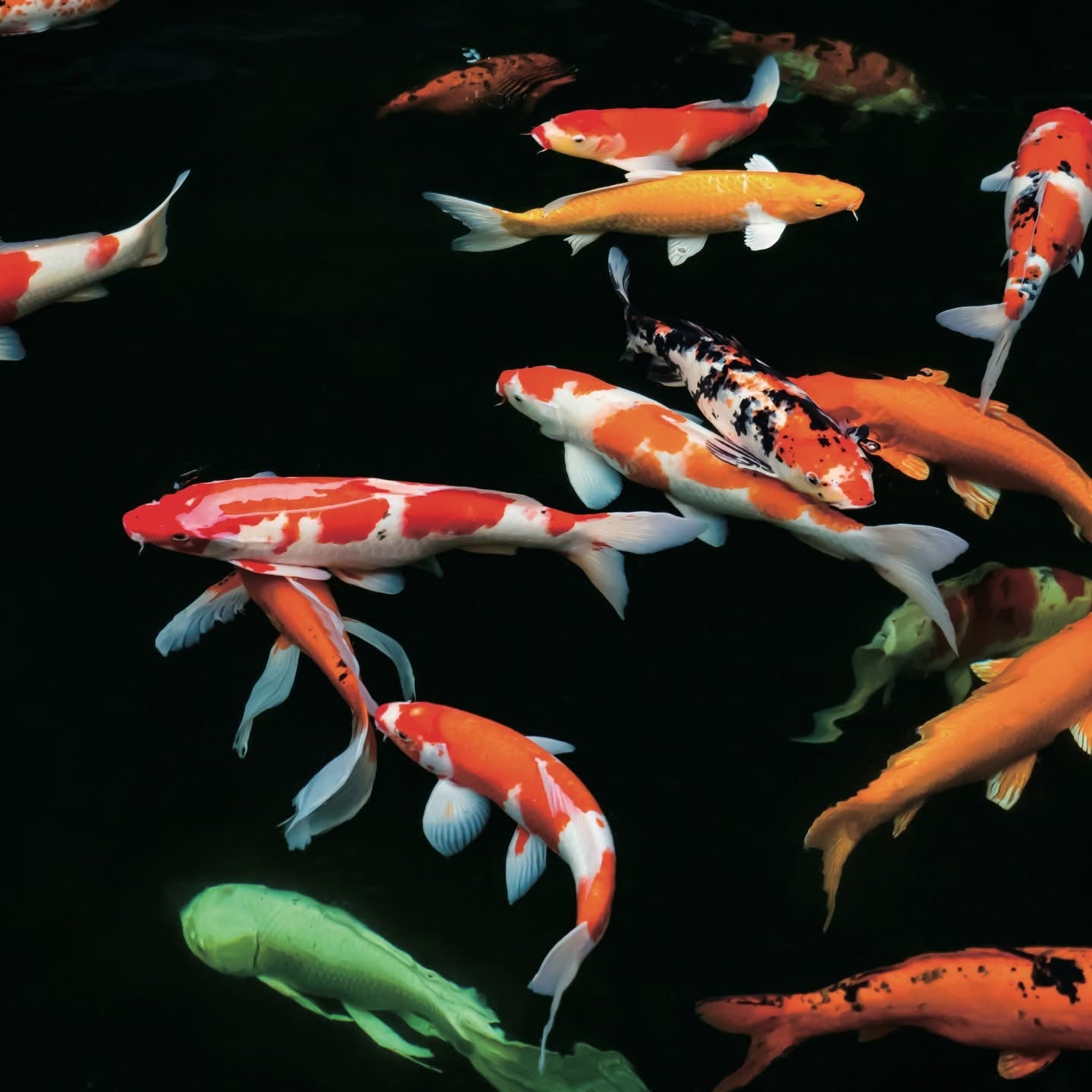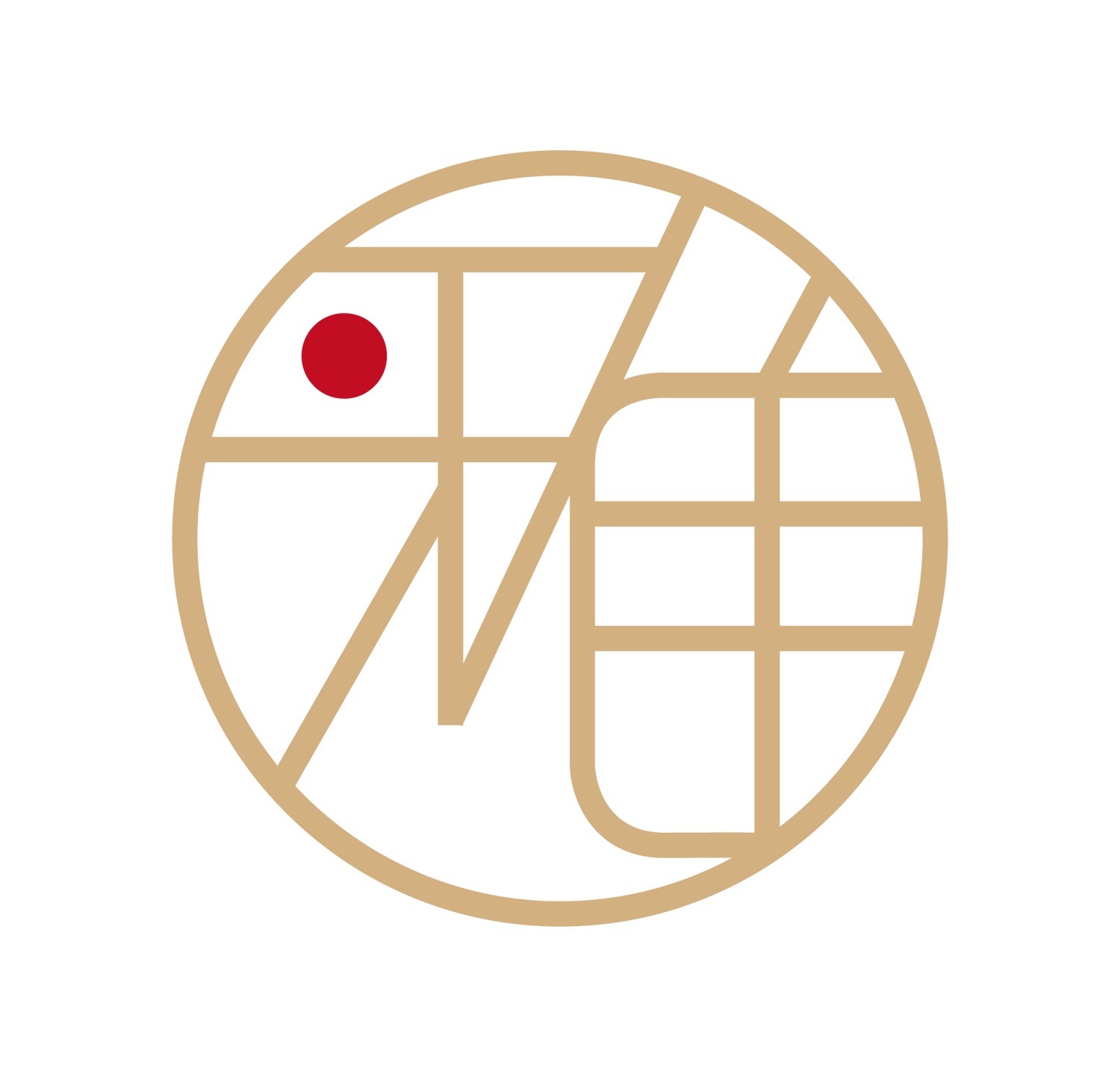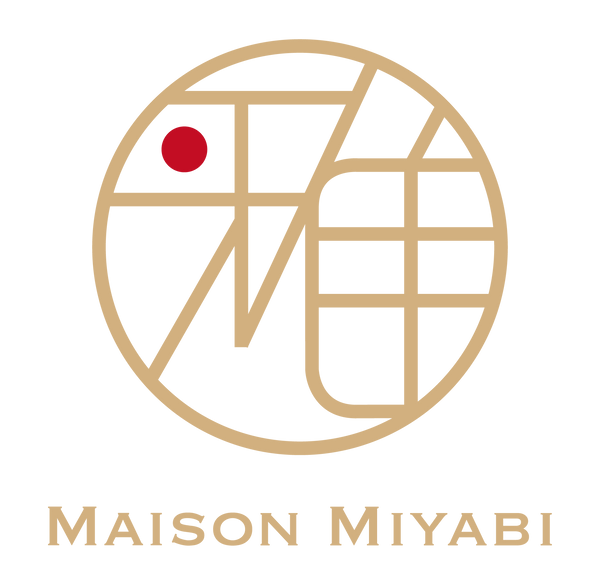
MAISON MIYABI
MAISON MIYABI embodies the marriage of Japanese savoir-faire and French elegance. Miyabi (雅) means absolute elegance in Japanese.
Sari, the founder, is originally from Tokyo and is a Parisian at heart. She has lived in Paris since 2008. Beauty still fascinates her, and thinking about beautiful interiors remains a great pleasure for her.
Since leaving Japan, she has rediscovered the beauty of traditional Japanese craftsmanship, in particular the making of Kimono, Obi and Washi, the traditional Japanese paper.
Following her research, she was moved to learn of the decline of Japan's traditional industries. Kimono production is declining year by year; in 1985, over 3 million pieces were produced, but by 2020, around 150,000 pieces. The number of craftsmen making Kimonos has also declined: there were around 160,000 in 1975, but this number is now down to a few thousand. What's more, the craftsmen are ageing and there's a shortage of new talent.
In addition, Kimonos are worn on special occasions and many are neglected after being worn just once, which can be a problem as an environmental burden.
That's why MAISON MIYABI buys almost-new up-cycled Kimonos and Obis and gives them a new lease of life.
Designed in Paris by Sari and made in Paris and Japan by skilled craftsmen, its products blend harmoniously into Western interiors.
Sari wants MAISON MIYABI to color everyone's life the Japanese way, with a French twist.
"Meet Japan, Feel France"

Our name
MAISON means a place to live in French. “雅 MIYABI” is a Japanese word that means understanding taste, being bold and being graceful in movements. This word represents absolute elegance.

Our logo
This logo is the pattern of a seal used in place of a signature in Japan, associated with the kanji “Miyabi (雅)”.
Gold is considered a noble and auspicious color in Japan. A red dot is the Japanese flag, which symbolizes Japan. The M of Maison Miyabi is located in the lower left corner, expressing the characteristics of the brand (fusion of Japan and France, East and West) by combining the alphabets used in Western countries with kanji Japanese.




